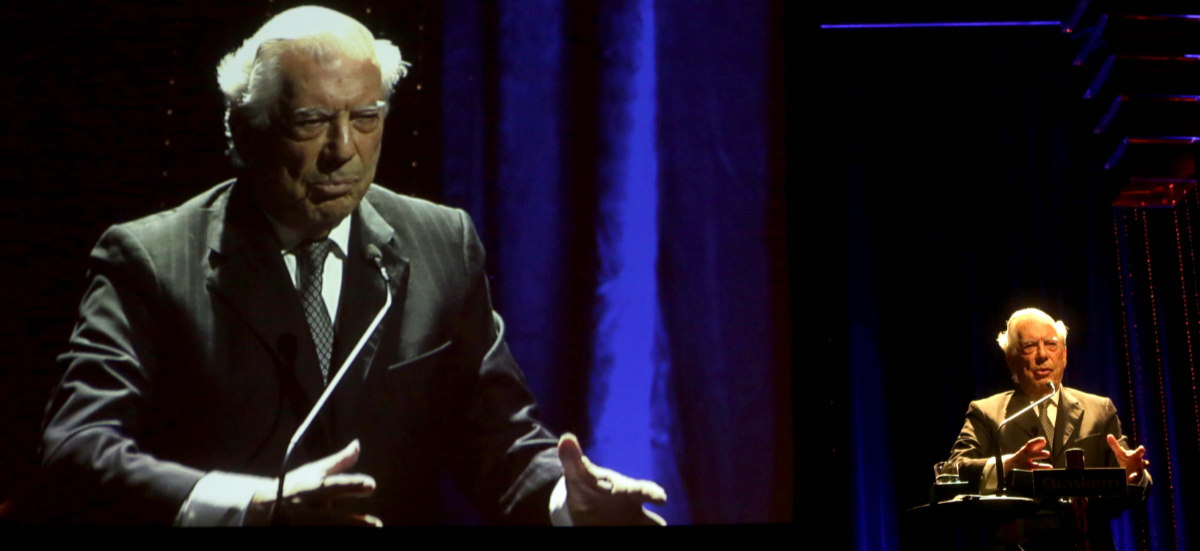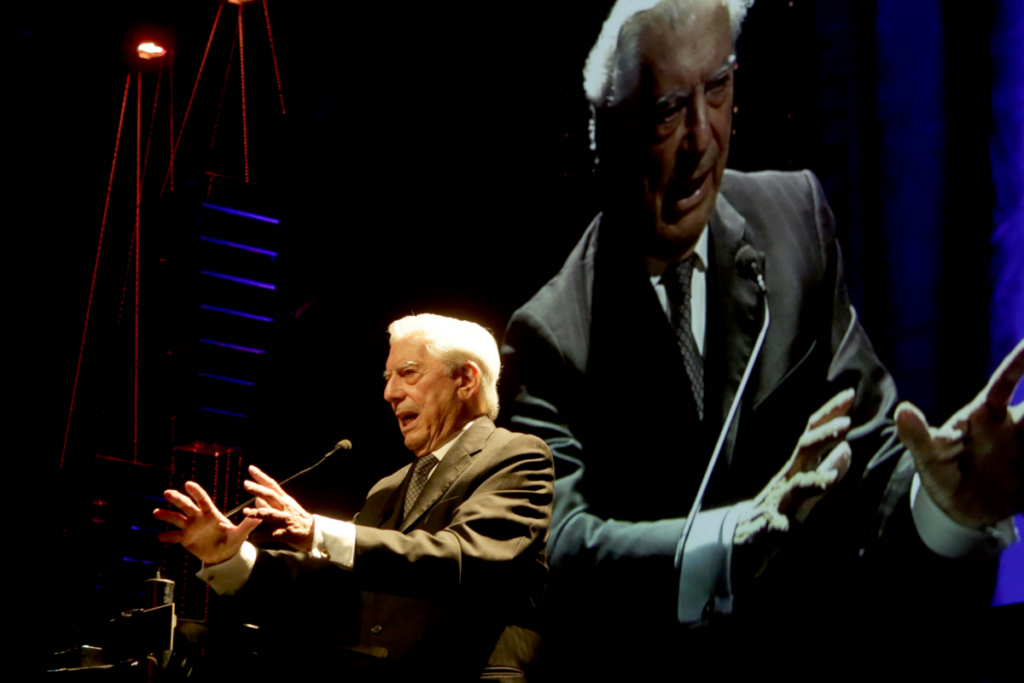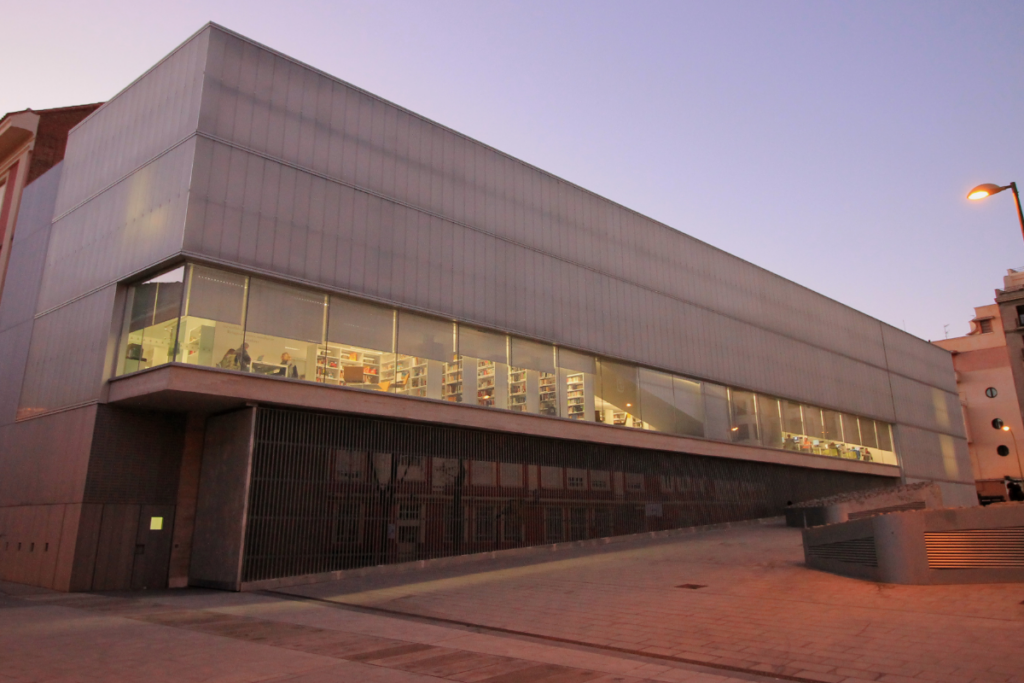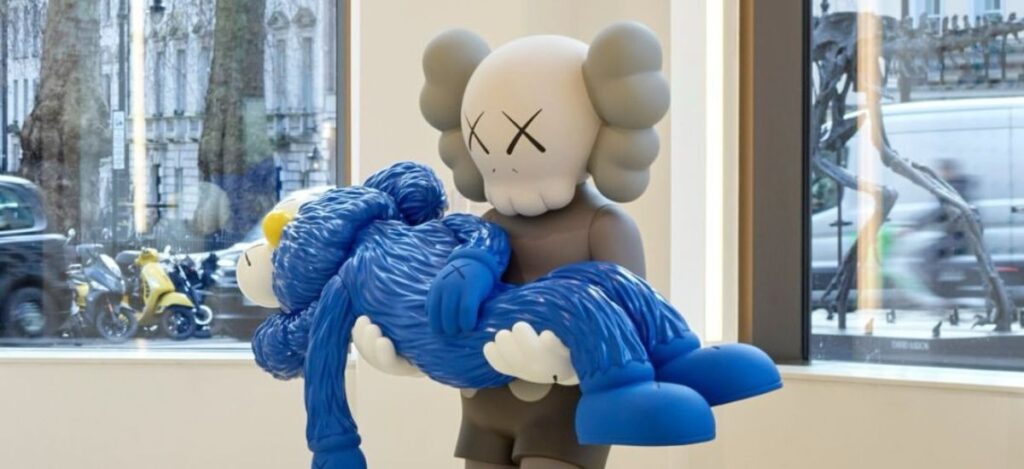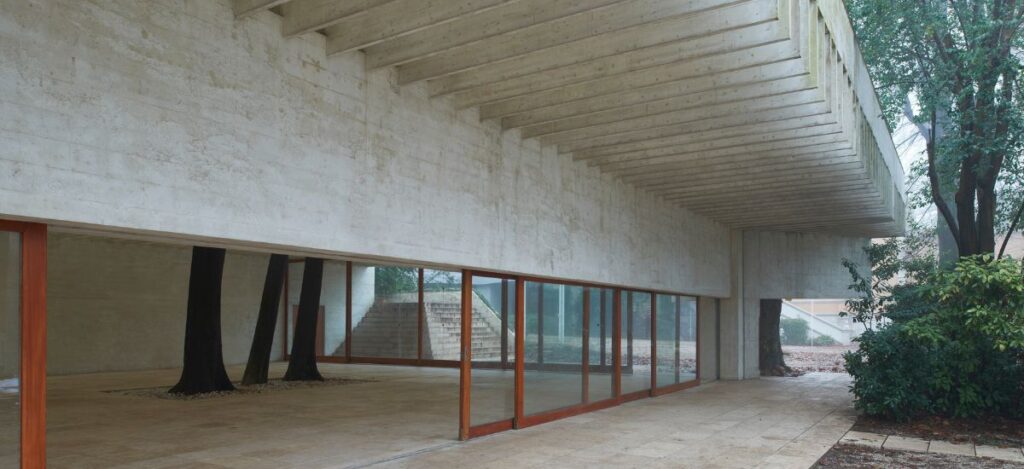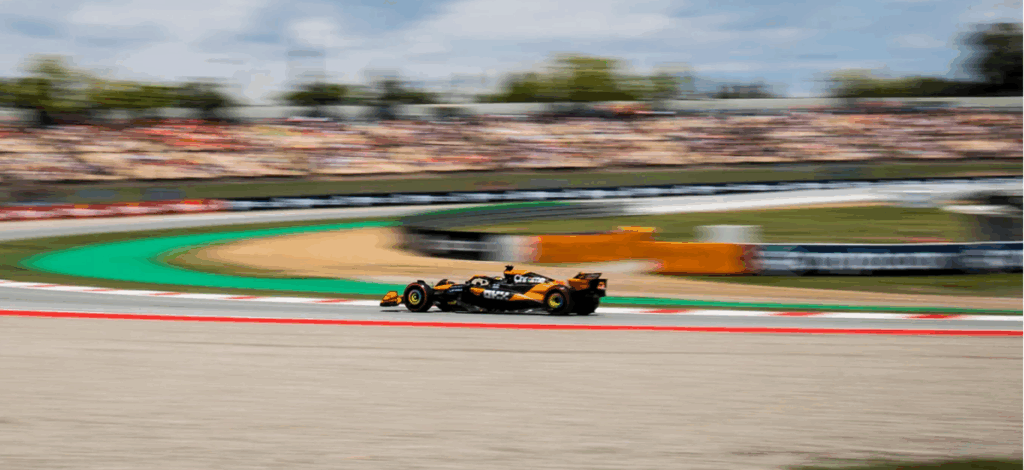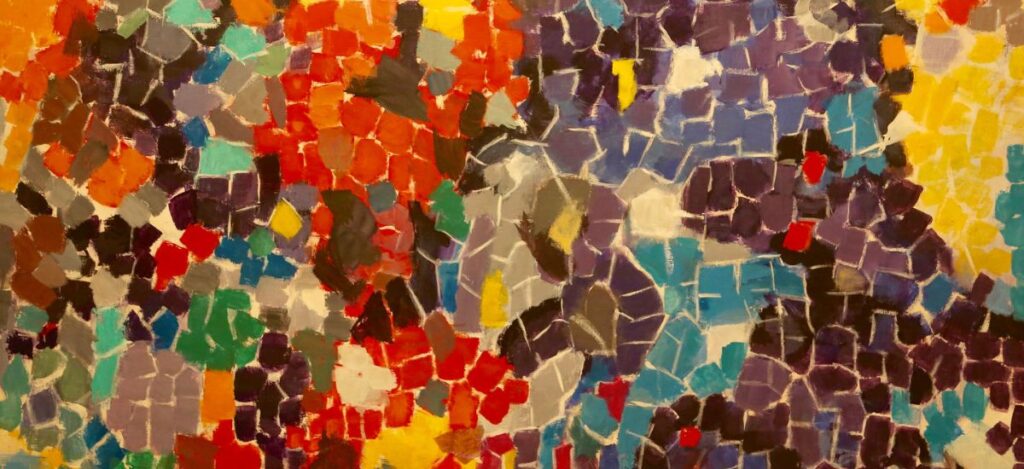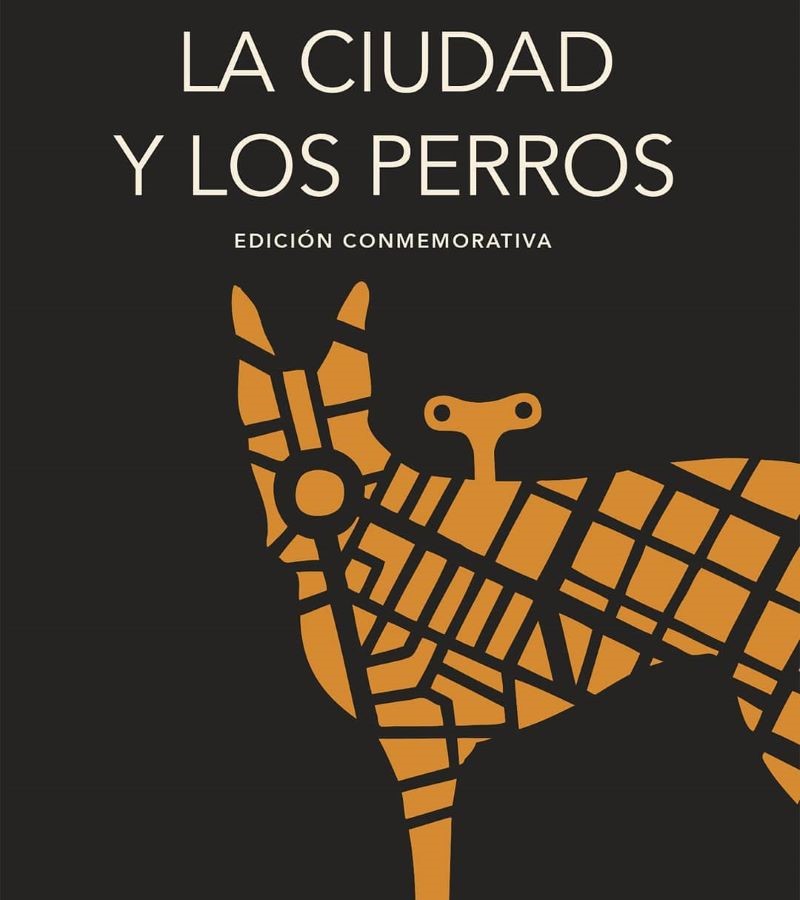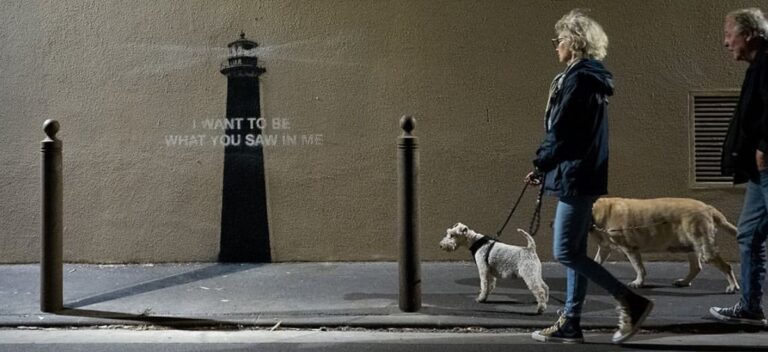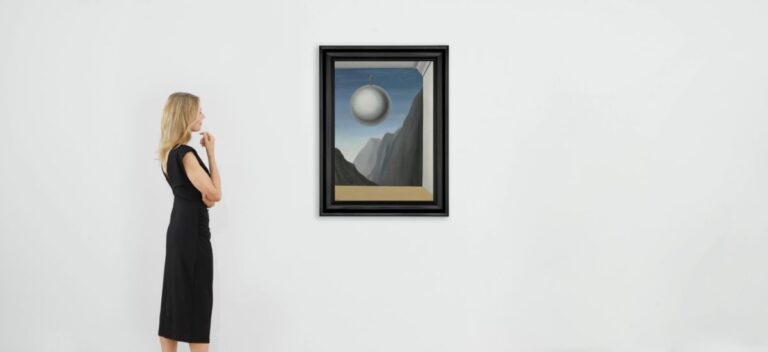Mario Vargas Llosa, one of the most celebrated writers of the 20th and 21st centuries, left an indelible mark on world literature.
Born in Arequipa, Peru, in 1936, Vargas Llosa became a central figure in the Latin American literary boom, alongside Gabriel García Márquez, Julio Cortázar, and Carlos Fuentes.
His works, characterized by intricate narratives, political undertones, and deep psychological insight, earned him the Nobel Prize in Literature in 2010.

